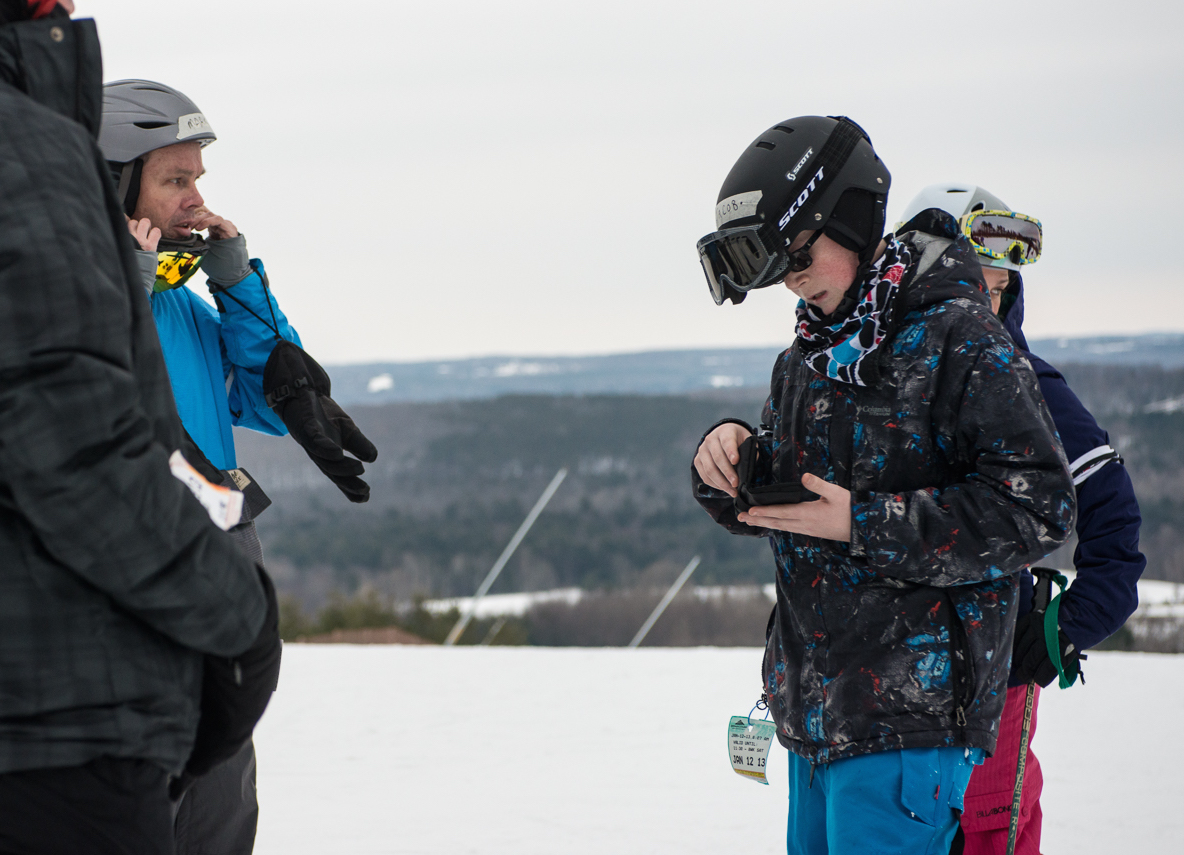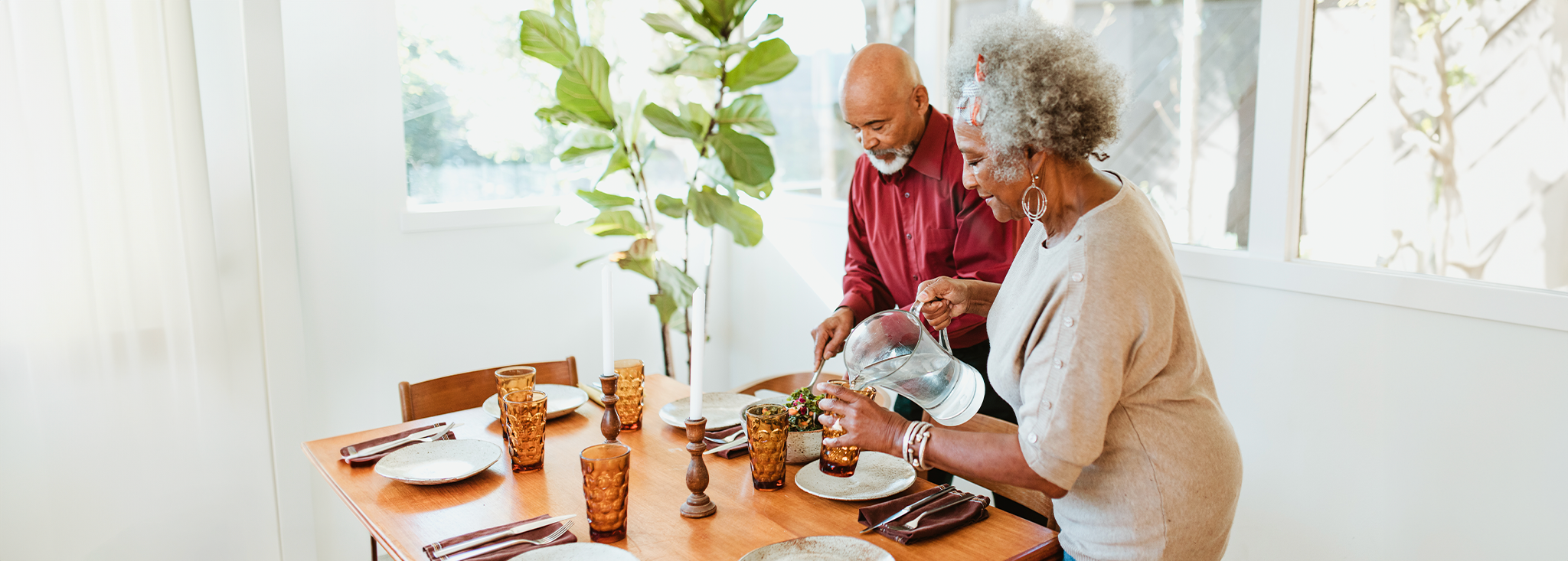Riding On Insulin – Tips for Skiing and Snowboarding with T1D
Written by: Dustin Askim
3 minute read
January 8, 2017
If you've ever skied or snowboarded and have Type 1 diabetes, you'll probably agree it's a balancing act.

If you’ve ever been skiing or snowboarding with type 1 diabetes (T1D), you probably agree that it is a balancing act! The altitude and humidity, mixed with a physical challenge like skiing/riding can lead to low blood glucose levels (BGLs), and the near subzero temperatures wreak havoc on insulin pumps, exposed tubing and blood glucose meters.
My name is Dustin Askim and I’m Riding On Insulin’s program coordinator. I was diagnosed with T1D the summer before my junior year in college; I was 20 years old. I knew something was wrong when I could drink three 32-ounce Gatorades in one sitting.
I was right.
At the time, I didn’t know anything about the disease, but I began researching ways to get involved. I discovered Riding On Insulin and was super stoked to find an organization dedicated to T1D and one of my biggest passions: snowboarding! ROI puts on ski and snowboard camps for kids with T1D (and their siblings) across America, Canada and even New Zealand
We recently surveyed our team of Elite Coaches for their most important tips for skiing and boarding safely with T1D.
This is what they said:
8 – First up, make sure your ski jacket and snow pants have plenty of pockets … with zippers!
Otherwise, be prepared to carry a backpack with slow AND fast-acting carbs, BG meter, glucagon (nasal or injectable), testing supplies, etc. Just like fruit snacks can melt sitting in the sun, granola bars and other go-to carb snacks can freeze on the hill. Packets of honey or glucose tabs are great because they won’t freeze like many other fast-acting carbs.
7 – Test at the bottom of the chairlift BEFORE getting on.
There’s nothing worse than getting on a lift thinking, I’ll test when I get on, and then when you test, and you have a low, you’re stuck on the lift with the chairlift continually stopping and starting. Even if you have the carbs with you on the lift, we tell families at Riding On Insulin that kids must have a BG of 100 or more before they can ride the lift.
6 – CGM’s are a wonderful thing for watching trends while riding.
If you wear a Dexcom or another continuous glucose monitor, be sure you’re on at least the second day with your current sensor. My T1D doctor, Dr. Justen Rudolph, tells me continuous glucose monitors (CGMs) are way more accurate after you’ve calibrated your receiver for a few days.
5 – Keep your equipment from freezing.
This one’s easier said than done. When you’re on the mountain for hours in freezing temps, diabetes equipment doesn’t want to cooperate. Make sure to put your pump and CGM in an inside pocket. Same goes for your Dexcom and meter if you aren’t using a backpack.
4 – And keep your tubing tucked in!
If your insulin pump tubing is exposed, and it’s cold enough, it can freeze inside the tubing. For this reason, it’s also good to carry a pen of rapid-acting insulin (even if you’re on a pump) just in case you skyrocket above 300 and need to come back down while your tubing thaws out. For tubeless pumps, we’ve found that body heat keeps the pump warm enough under your clothing.
3 – Ski with people who know what’s up!
It’s awesome to shred with friends who understand you need to occasionally take your time to manage BG levels. People that are impatient with you can be frustrating, so those friends usually are the ones that need to be the most informed.
2 – Keep a spare pump site and CGM sensor in your bag at the hill (in the lodge or your car).
While there are no doorknobs on the mountain, it’s still a place where sites can be accidently ripped out by seemingly anything, such as long underwear or snow pants. Tubing also does not mesh well with brakes on skis, snowboard bindings or jacket zippers.
1 – Altitude + working out = temp basal rate.
If you’ve never used a temp basal rate for your pump, talk to your doctor about the best rate for you. Physical activity at a higher altitude means your heart rate is higher; my doctors tell me that insulin is absorbed more rapidly with these conditions. Again, discuss with your doctor beforehand, but generally speaking, the ROI Elite Coaches team agrees that a temp basal rate or less Lantus the night before helps them avoid low BGs on the slopes.

Shout out to ROI Elite Coaches Matt Schmitz, Kayley Wolf, Charlie Rabe, Peter Walther, Lauren Salko, Allison Simon, Dan Polnerow, Cassie Davis and the ROI staff (Michelle, Julie, Mollie and Sean) for contributing to this story!
For more on ROI visit ridingoninsulin.org.

Author
Dustin Askim
Dustin is currently Riding on Insulin's program coordinator. After being diagnosed with type 1 diabetes (T1D) at age 20, he volunteered as a coach for ROI two years later and was inspired by the brave and adventurous campers! He currently lives in Whitefish, Mont. with his wife Elle and enjoys hiking, snowboarding and walking his dog Finley.
Related Resources

Session: Ask the Experts: Management of the Athlete with Diabetes Presentations: Physiology, Metabolism, and Training...
Read more

Coverage of the American Diabetes Association (ADA) Scientific Sessions is brought to you by the...
Read more

Editor’s Note: Get involved in Beyond Type 2’s #SeeTheSigns of diabetes campaign! Share your signs to...
Read more

